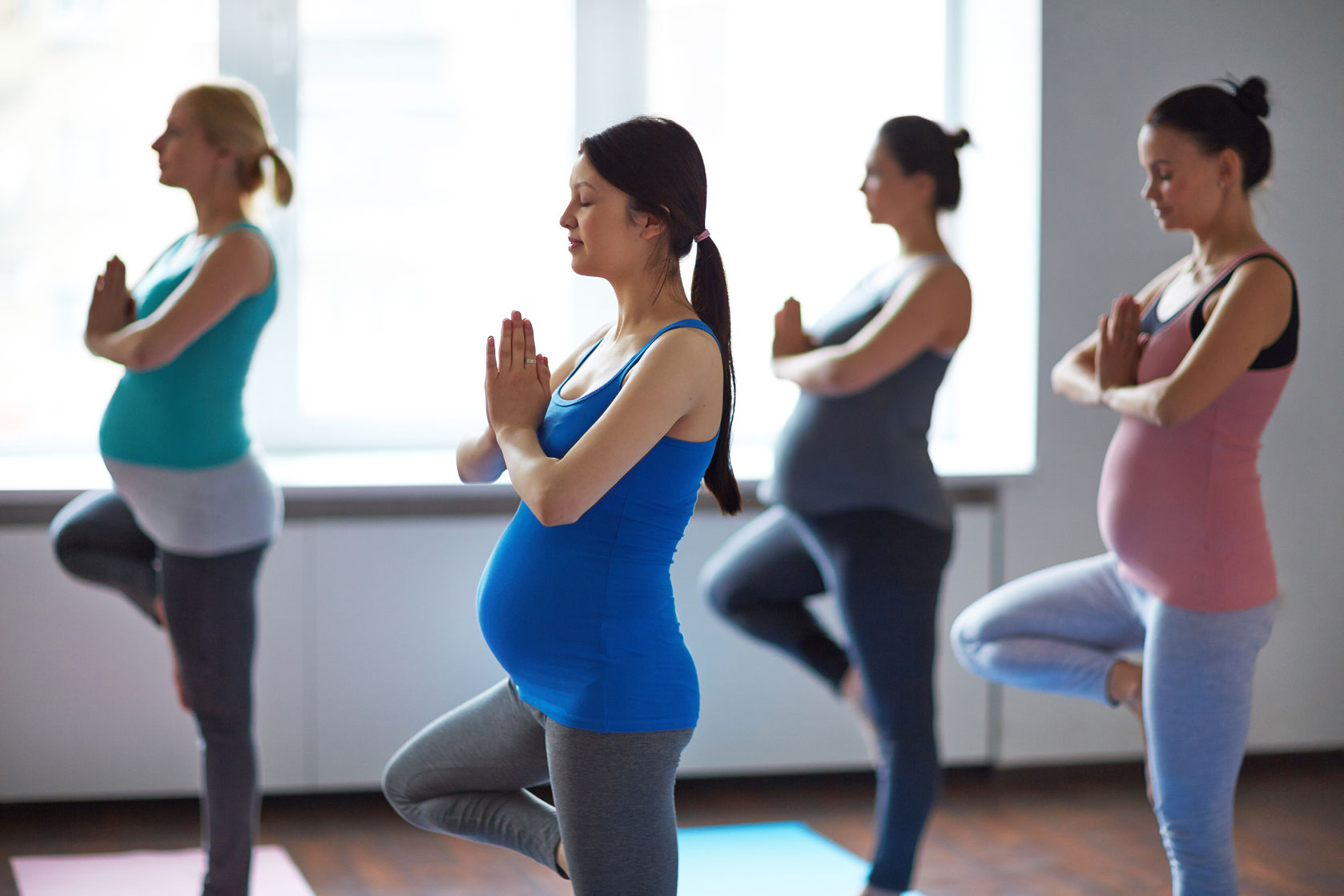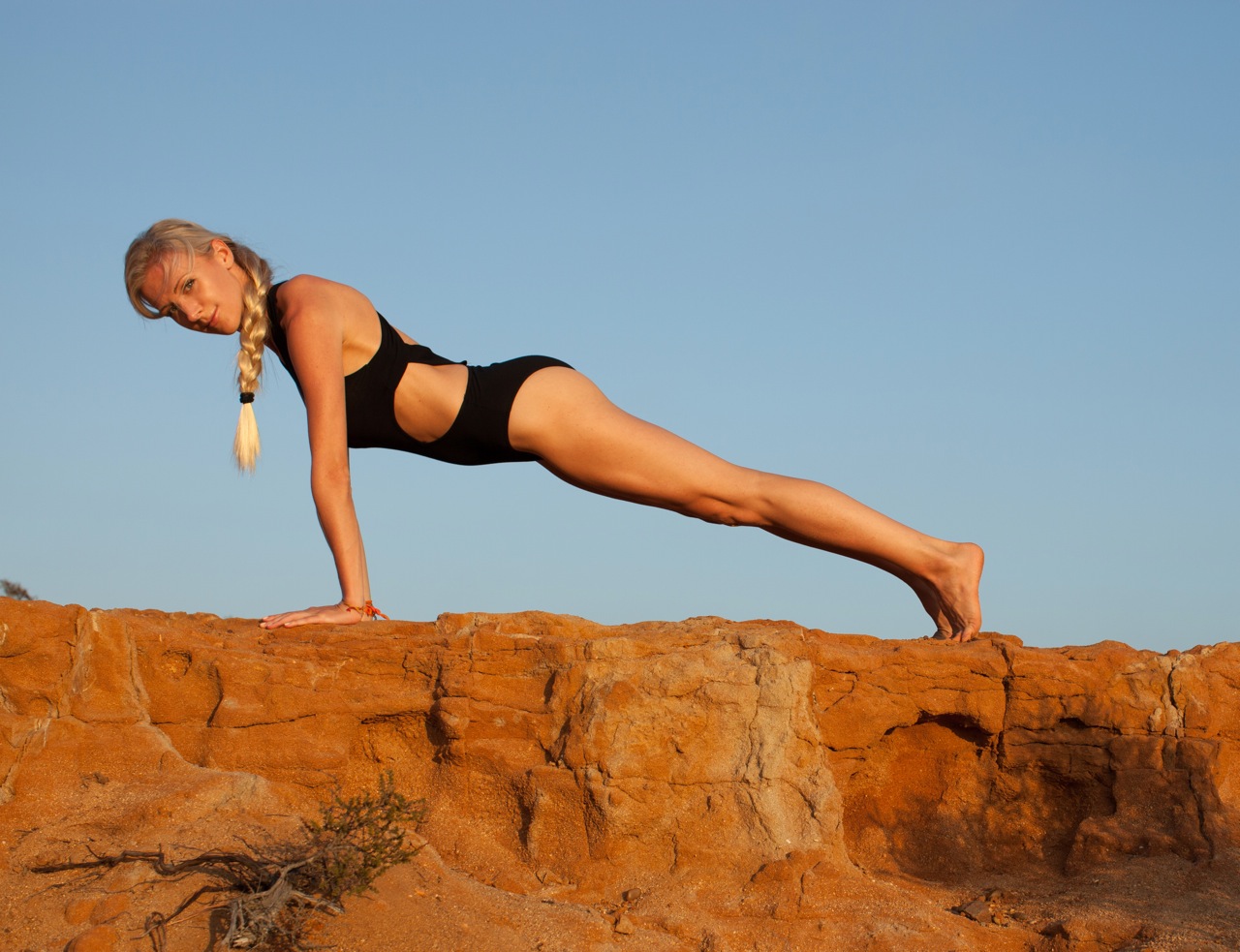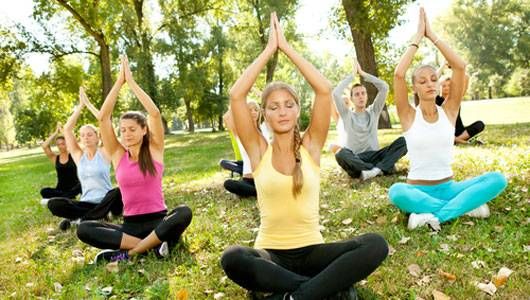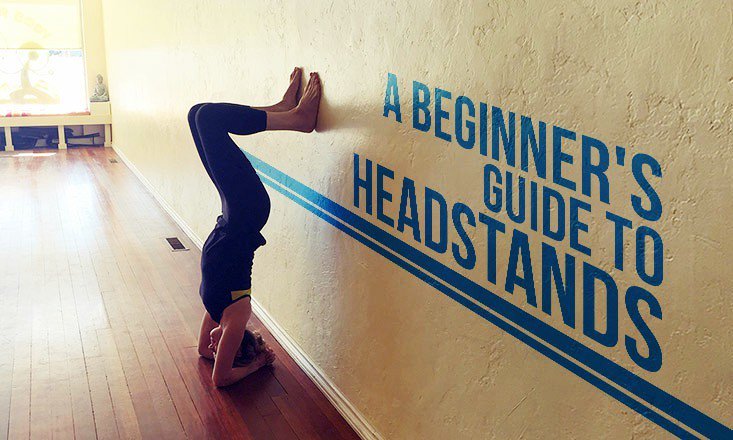
If you are a yoga enthusiast, chances are you intend to do iyengar, ashtanga, and asanas yoga as long as you are still able.
If you have been doing yoga for quite some time, it is also likely that you’ve already experimented with other yoga styles like ashtanga and iyengar and incorporated mountain pose in your routine you deem fit.
The amazing thing about yoga is you can still do it even if you are pregnant.
However, it is important to make modifications to your routine when you’re expecting.
Below are some of the alterations you need to implement in your yogic exercises and practices, including asanas such as mountain pose and backbend, to ensure your safety and that of your little one.
Start using blocks
To help make the yogic exercises modifications a lot easier to integrate and carry out, it is recommended that you use accessories to help you out.
One of the accessories you will be using is the yoga block.
Yoga blocks can be used in yogic asanas to brace the back and shoulders and to ensure there is less neck or back pressure.
When pregnant, one of the foremost safety measures you must observe is ensuring your body is properly braced and supported with yogic yoga blocks can surely help with that.
Avoid downward or front-facing poses for the time being
When you’re pregnant, it’s expected you won’t be able to go as intense as possible since your safety should always come first.
In line with this, it would be best to steer clear of yoga practices that aren’t really safe for someone who can’t go all out due to pregnancy (read: downward facing positions, etc).
In addition, you also need to avoid doing front-facing positions or those yoga practices that will entail that you lie on your belly.
Though this might seem like a given, it’s important to note that there are those others who might think it’s okay.
You may think you won’t hurt yourself, however, it would be best to play it safe and avoid those poses altogether because accidents can sometimes occur when you least expect it.
Most prenatal yoga instructors will ensure a pregnant practitioner’s safety by limiting the amount of time one stays in hatha poses so the chances of falling or injuries are avoided.
Make use of straps when stretching
Another accessory you can use once you start modifying your poses is the yoga strap.
At times, you may be executing a pose such as a side stretch and only feel you’ve overdone the stretch after.
So rather than stretching your legs and arms unassisted, it would be best to use yoga straps when doing bends, stretches, and poses.
The yoga strap can be used when doing any yoga pose that require arm and leg stretches.
You might not be familiar with the modifications, poses, meditation, especially if you’re new to yoga.
In line with this, it would be best to check with a competent and qualified yoga instructor from Verywell so you will be guided and given proper insight on how to execute poses safely and effectively.
For more information on yoga modifications, poses, meditation, and all other things related to yoga practices, head to www.allure-yoga.com now!








